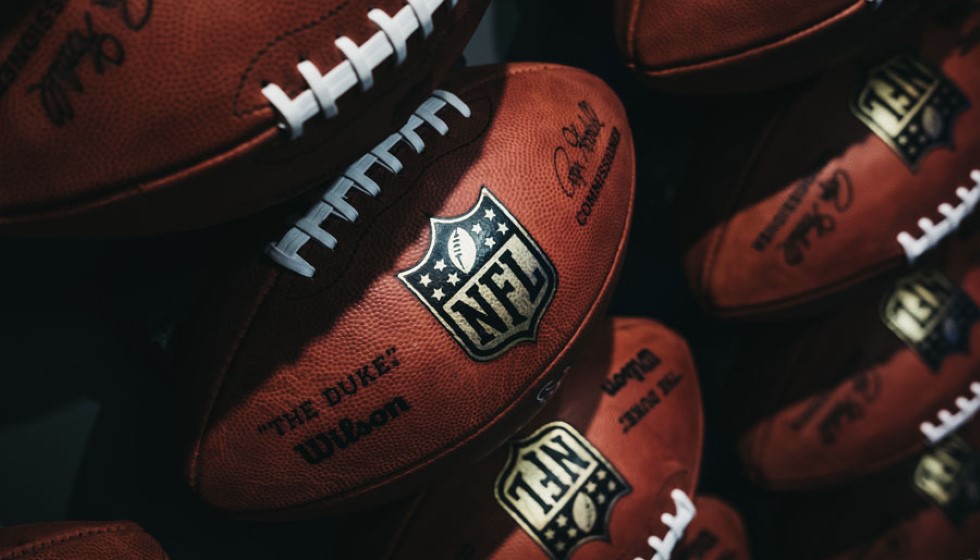
Building a Championship-Ready Roster: A Deep Dive into the Season's Financials and Talent
Crafting a winning 53-man roster in today's NFL is as much an exercise in financial acumen as it is in talent evaluation. With the intricacies of managing a salary cap, teams must strategically balance their expenditures to build competitive squads while adhering to league-imposed financial constraints. This season, teams navigated a salary cap landscape that offers insights into their differing strategies and successes.
Understanding the Salary Cap Dynamics
The starting point for all roster decisions stems from the established salary cap, set at $255.4 million for the 2024 NFL league year. Notably, the San Francisco 49ers lead the pack with a top-adjusted salary cap close to $297.36 million, showcasing their ability to manipulate finances effectively to create room for elite talent. Conversely, the Kansas City Chiefs face a tighter budget, operating with the league's lowest salary cap at $253.064 million.
This variance among teams highlights the strategic differences in cap management approaches, affecting decision-making processes at every level. Despite the broader league cap, our analyzed lineup was assembled using a fictional salary cap figure of $262.7 million, providing a theoretical example of roster management under slightly relaxed constraints.
Allocation of Resources: Offensive and Defensive Spend
In this crafted lineup, 50.69% of cap spending is invested in offense, with the remaining 42.95% sent towards fortifying the defense. This allocation underscores the critical importance of balancing star-studded offensive playmakers with a stalwart defensive unit.
Stellar Offensive Lineup
The team's offensive prowess is headlined by starting quarterback Lamar Jackson, commanding a cap cost of $32.4 million. His dual-threat capabilities make him one of the league's most electrifying talents. Supporting him in the backfield is Saquon Barkley, with a notable cap hit of $3.8 million, representing high value for a player of his caliber.
The receiving core features some of the NFL's brightest stars in A.J. Brown, Justin Jefferson, and Amon-Ra St. Brown, a trio that delivers a dynamic aerial threat. At the tight end position, Trey McBride offers versatility to the lineup.
The offensive line boasts formidable talents, including Jordan Mailata, Tyler Smith, and Creed Humphrey, ensuring ample protection for skill position players. Notably, Chris Lindstrom anchors the guard position with a colossal five-year, $102.5 million deal, making him the NFL’s first $20 million-per-year guard. His performance justifies this investment, with analysts noting, “He’s been worth the investment.” Lane Johnson, a linchpin at 34 and in his 12th season, lends experience to this line.
Defensive Fortifications
Turning to defense, dominant figures like Trey Hendrickson, Cameron Heyward, Chris Jones, and Myles Garrett form the backbone of a formidable front. Linebackers Bobby Wagner and Zack Baun add prowess in controlling the middle of the field.
The secondary is not left wanting, with cornerbacks Denzel Ward, Patrick Surtain II, and Christian Gonzalez bringing coverage skills crucial to today’s pass-heavy league.
Draft Influence and Team Composition
This roster's composition is also shaped significantly by recent drafts, featuring players from every round of the 2024 draft. Each draft year from 2021 to 2023 sees a decremental representation, reflecting teams’ strategic focus on newer talent pipelines.
Team Contributions
Two franchises stand out in their contributions to this roster— the Eagles and the Chargers, both boasting six players each. The blend of experience and youth across this fictional lineup speaks to the broad league-wide talent pool that shapes today's NFL.
The art of crafting a competitive NFL roster extends beyond highlighting top talents; it is a complex puzzle pieced together by strategic cap management, insightful drafting, and player development. As teams continue to navigate these challenges, fans can remain assured that the game’s evolution will continue driving teams to innovate and excel both on and off the field.